郊野公園解碼:四分之三香港 五個第一|Five hidden achievements behind Hong Kong’s country parks
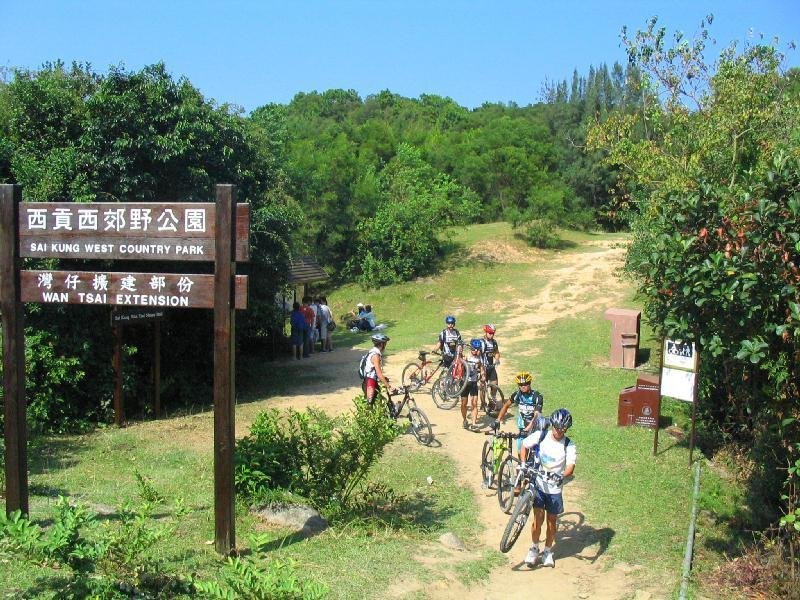
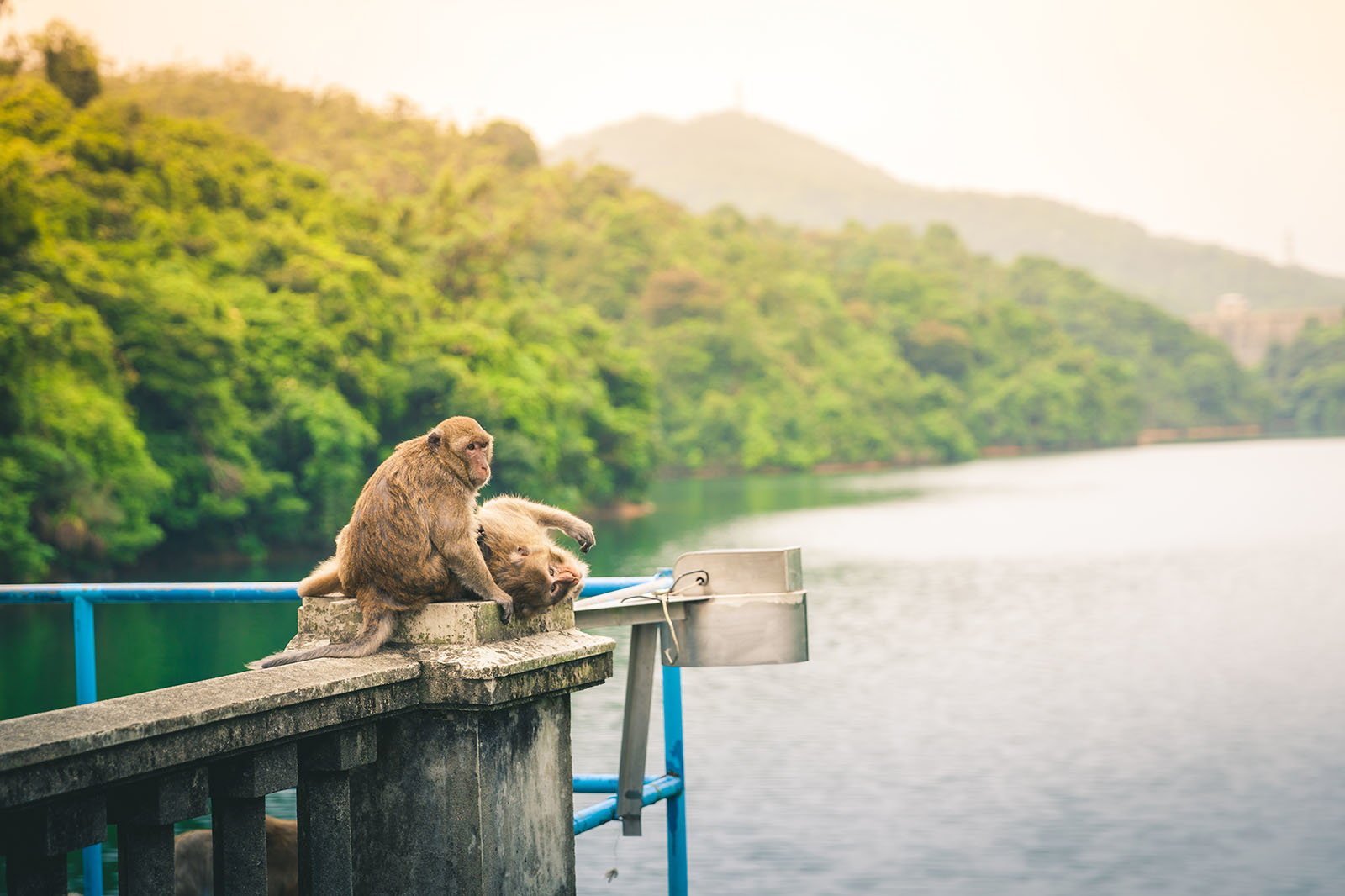
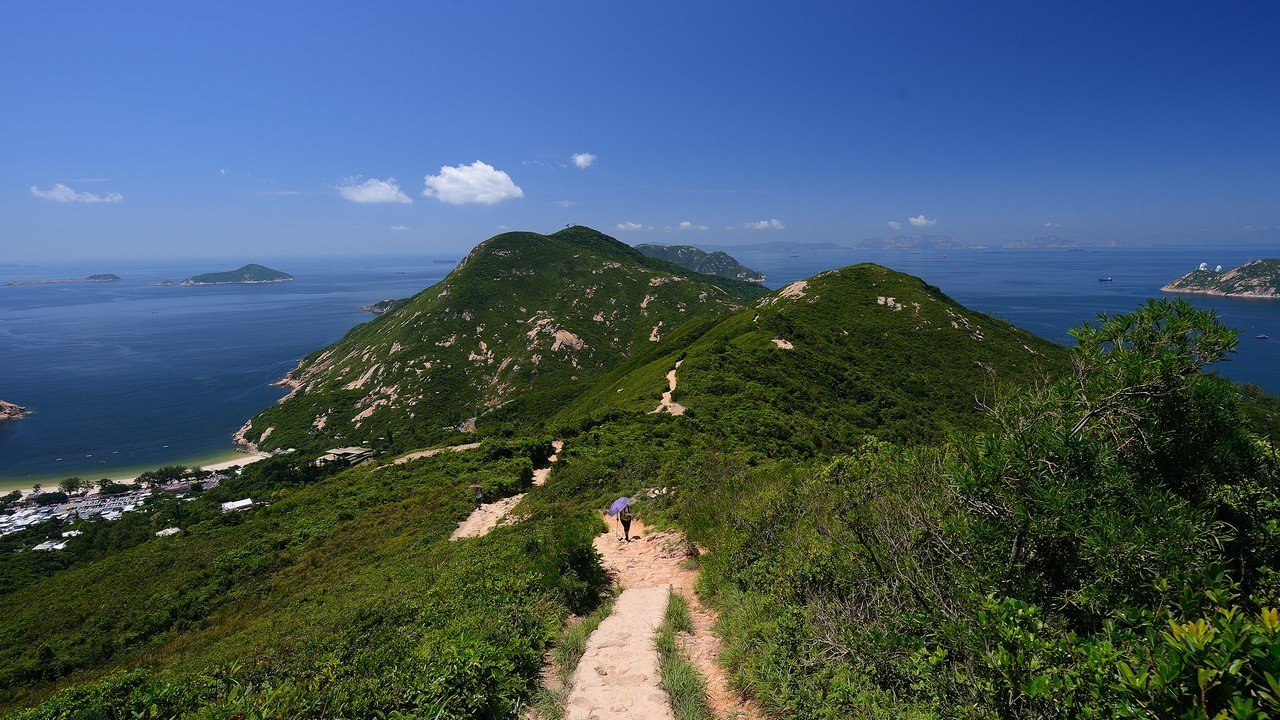

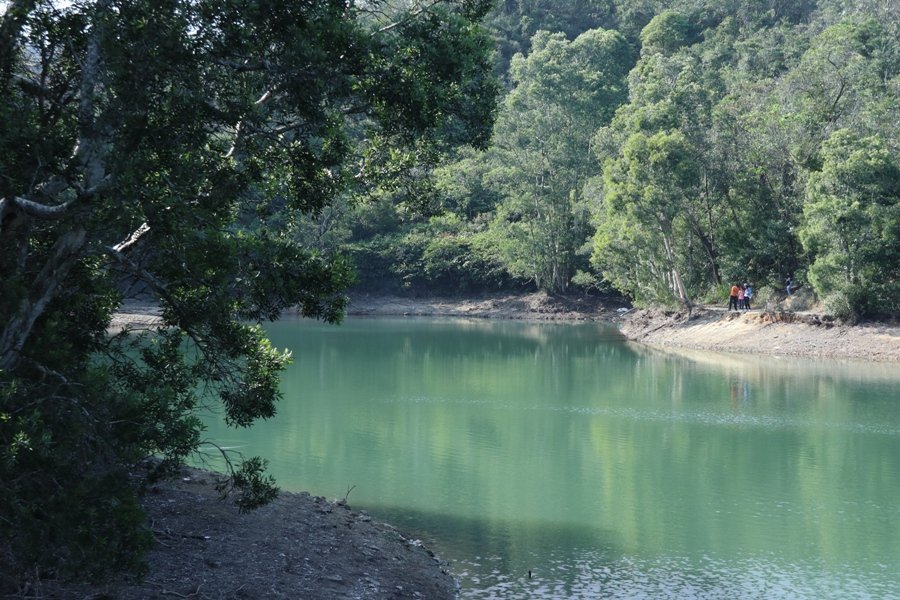

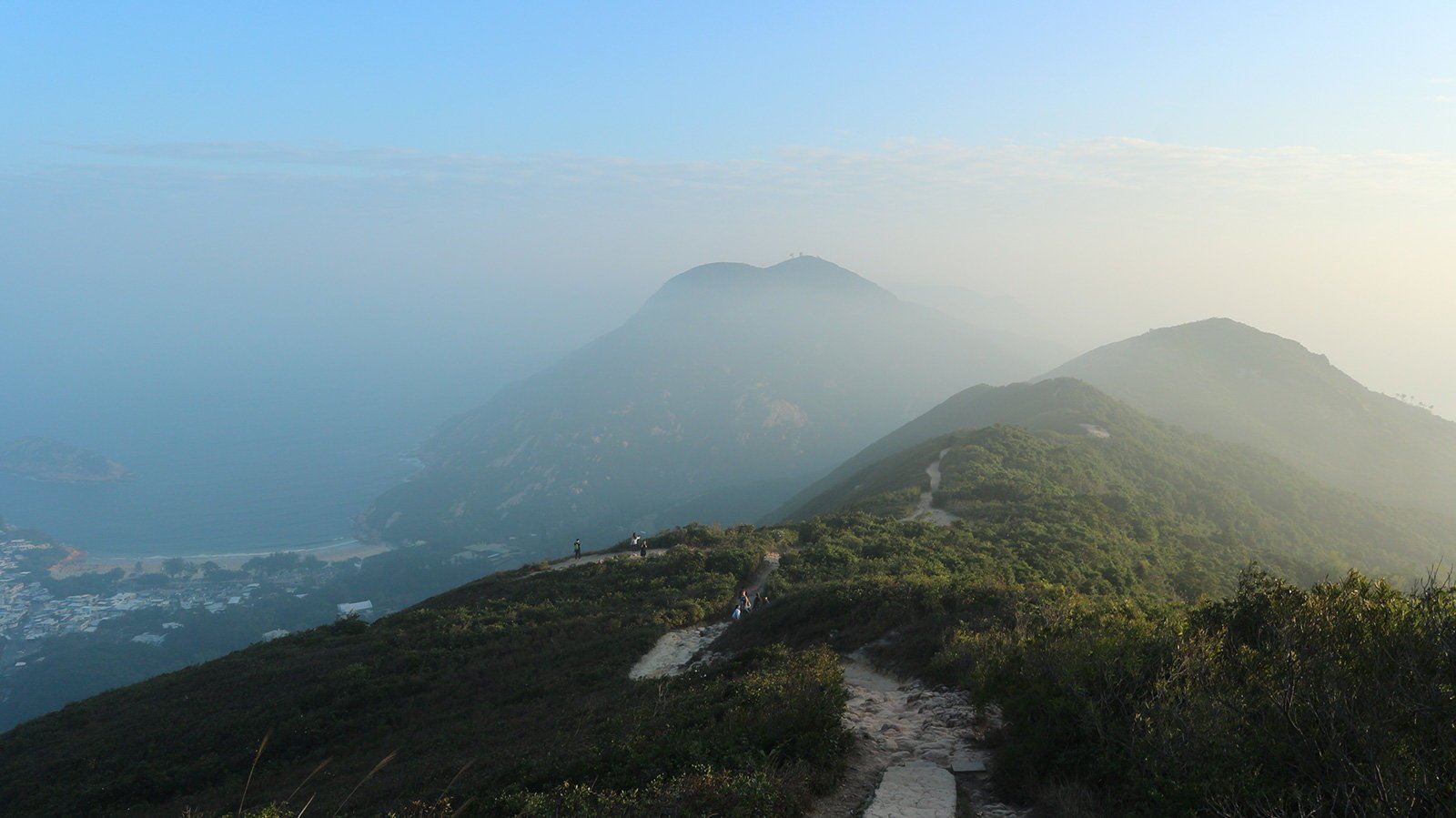
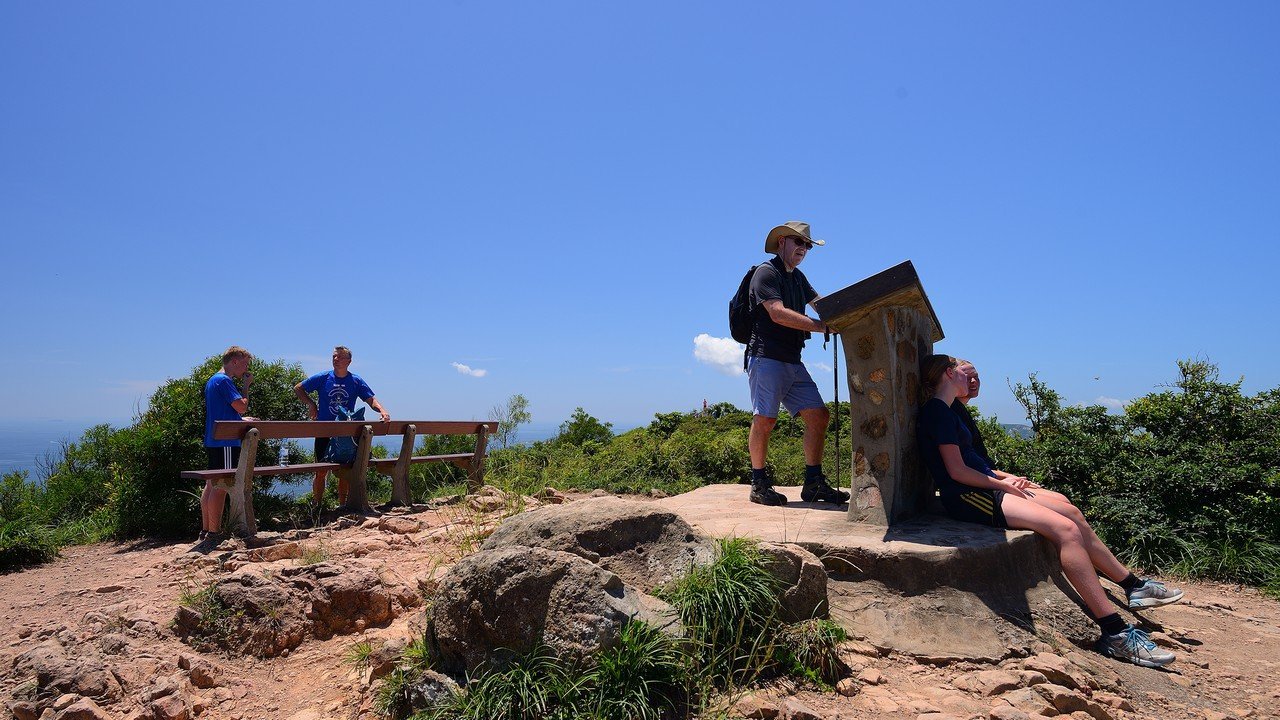
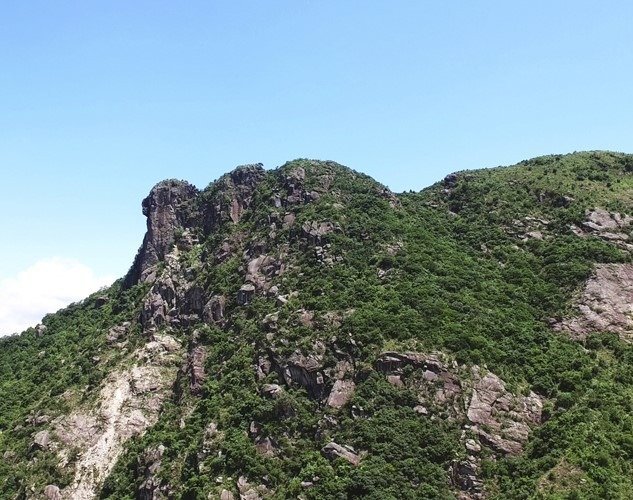
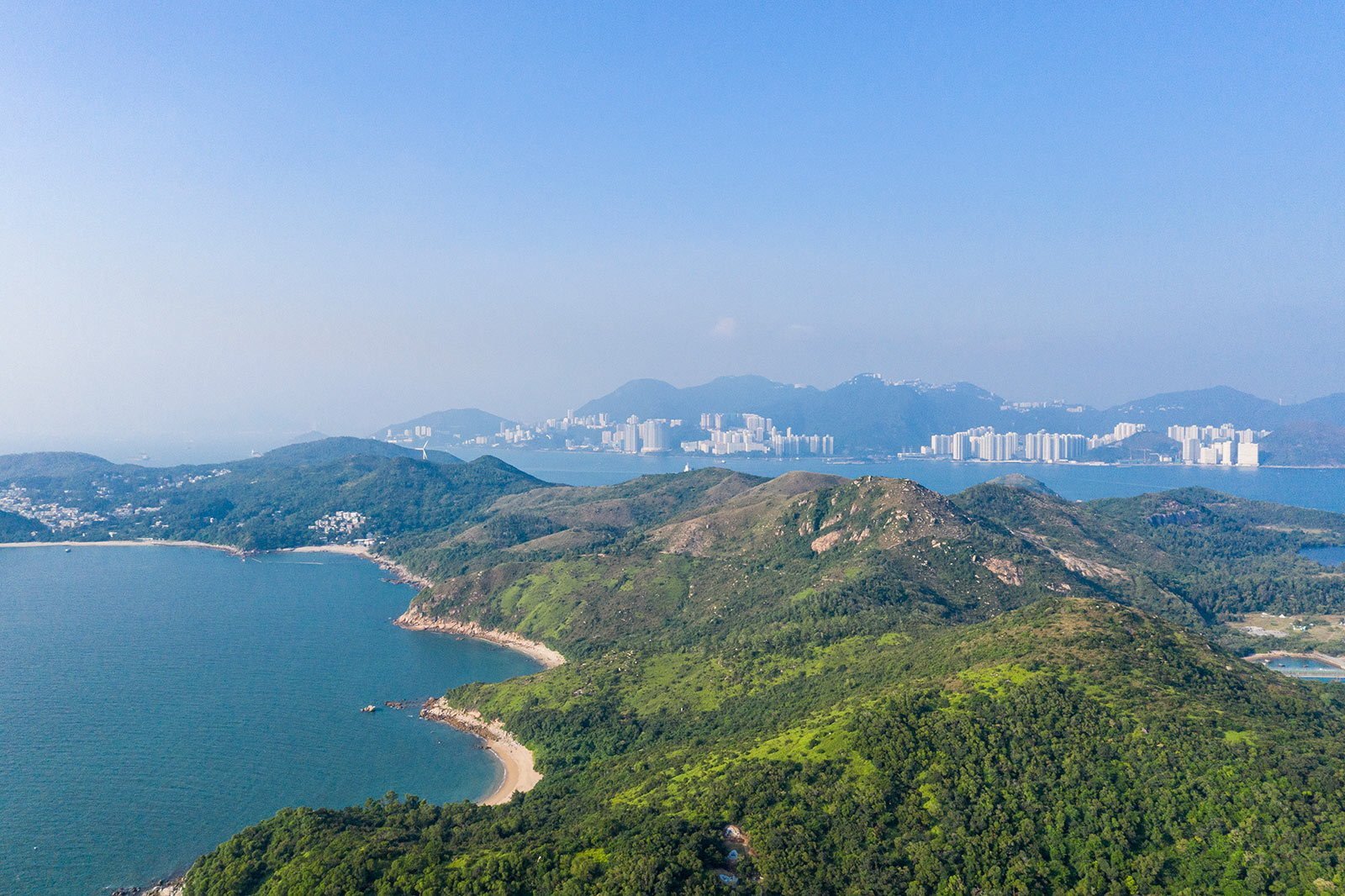


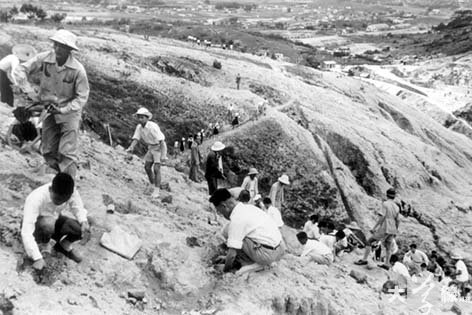
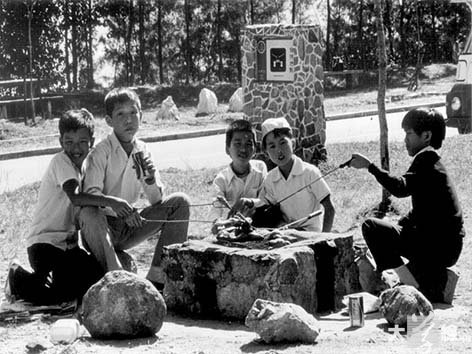
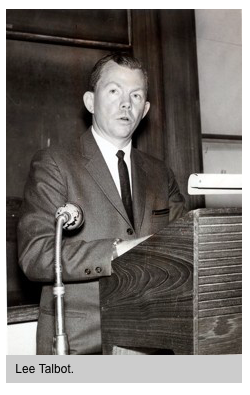
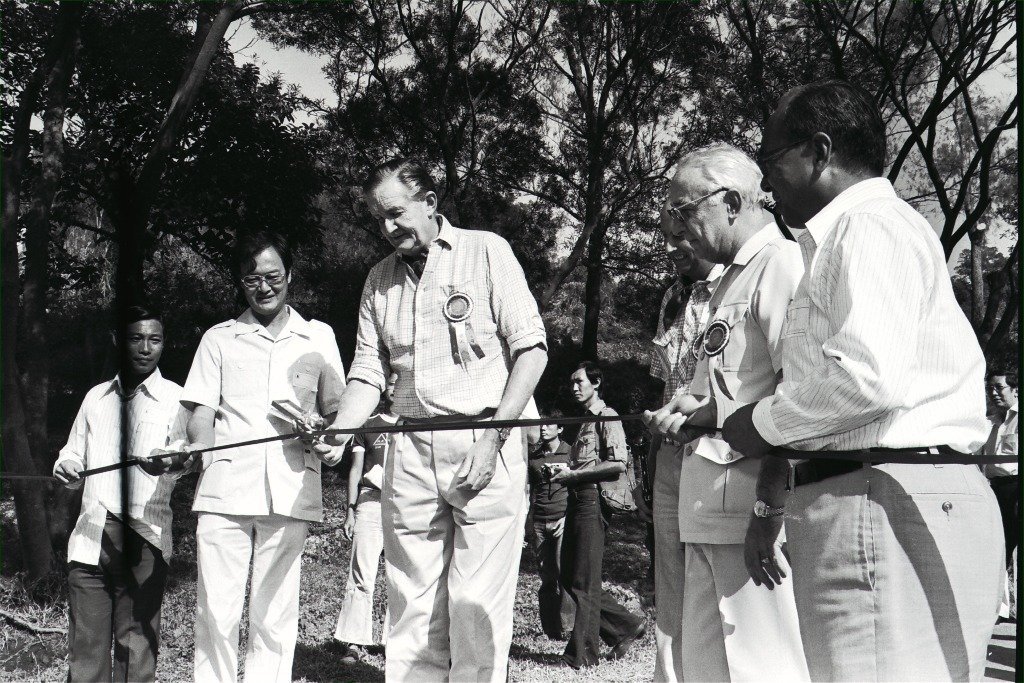
常說香港是個福地,在人口密集的大城巿,有四分之三的土地為郊野公園,要到郊外透透氣並不困難,踏出家門半小時的車程,就可走到山上或郊野公園,享受與城巿截然不同的大自然節奏。尤其在疫情爆發以來,郊野公園更成為香港人舒展身心的熱門場地。不過,香港人所擁有的並非理所當然,最近的施政報告之中,就提到政府將研究發展「綠化地帶」及郊野公園邊陲的可能性。
作為城巿重要的後花園,而且面積比鬧巿還大,我們一直有多重視它呢?現今的設計及管理,是否已最好地讓使用者好好享受郊野公園的環境?這一個月,「吉人吉事」將從認識郊野公園開始,進而探討有心的吉人在規劃及設計方面,有什麼可以為郊野公園做得更多。
使用率高 一年有1120萬人次!
根據漁護署的資料,郊野公園和特別地區共佔地443平方公里,當中郊野公園遍布全港各處,範圍包括風景怡人的山嶺、叢林、水塘和海濱地帶。2014年,前往郊野公園的遊人約有1120萬人次,進行的活動主要包括漫步、健身、遠足、燒烤,以至家庭旅行及露營等。
郊野公園康樂地點現有的設施,包括桌椅、燒烤爐、廢物箱、兒童遊戲設備、涼亭、營地和廁所等。
開放水塘郊區 曾是社會實驗
1976年之前,香港是沒有郊野公園的。二戰山頭光禿禿,因為戰時燃料緊絀,山上樹木都被砍光。戰爭結束,港府設立林務部門,為山頭「植髮」,但政府認為植林以外,可以做得更多,於是在1965年,邀請美國環境科學家戴爾博夫婦來港,考察香港郊區,提供專家意見:對於香港山水,值得做什麼、如何做。
戴爾博游走香港時,有兩個發現:一是山水如此貼近城市,實在世界罕見;二是香港人確實好鬼悶。當時香港市區居住環境擠逼,人們平日放假想行開下,也不知去哪兒。他與港府做了一場社會實驗:限時開放九龍一個水塘及附近郊區,為期兩周,登報宣傳,歡迎大眾前來郊遊,結果反應熱烈,首個周末錄得過千訪客人次。這為戴爾博與港府打了一注強心針:郊野公園是值得建的,保育兼娛樂。他後來交的《香港保存自然景物問題簡要報告及建議》,成為本地郊野公園保育的藍本。
麥理浩徑 稱霸42年
七十年代,三個郊野「第一」出現了:1976年,港府頒布《郊野公園條例》,為保育提供法律依據,「香港四分之三面積是郊野」逐漸成為社會共識。同年第一批郊野公園落成,座落城門、金山及獅子山。3年後,第一條遠足徑啟用,以出名通山跑的港督「麥理浩」為名,跨越新界東的西貢至新界西的屯門,全長100公里,至今仍是最長的行山徑。
當年港府興建郊野設施,主張就地取材,例如鳳凰山多大石,便以石塊搭建鳳凰徑,塌樹變身路牌告示牌。往時更曾舉辦燒烤爐設計比賽,供各區郊野公園職員大鬥法,從而提升石頭燒烤爐設計,更貼近市民需要。
零三年沙士 市民重返郊野
九十年代大眾娛樂漸變多元,郊野公園使用人次曾經下降,到了2003年沙士爆發,使用人次再次攀升,行山徑開始享譽國際取「第一」:2004年港島徑龍脊段獲《時代周刊》選為「亞洲最佳城市行山徑」;2013年港島徑獲Lonely Planet選為全球最佳城市行山徑第10位,亞洲排名第一。從外人視野重看香港,方知壯麗近在眼前。
時至今日,香港合共有24個郊野公園,第25個籌備中,位處北區紅花嶺,因春夏遍野紅杜鵑而得名。不過,近年行山、跑山、露營活動大增,大大增加保育挑戰。漁護署雖然仍以「無痕山林」為原則,盡量用自然物料維修,但部分舉措引起大眾不滿,如石屎鋪設梯級、郊區豎立電子屏幕、觀景台設人工雕塑等。政界就郊野公園邊陲位置能否建屋,亦曾多番掀起辯論。四分之三的香港,未來會是怎樣呢?
地點:香港
圖片:網上資料、漁護署網頁、旅發局網頁、香港山誌、隨我行
Despite its dense urban areas, three-quarters of Hong Kong’s land is covered by country parks. It is not difficult for one to get away from Hong Kong’s fast-paced urban life and be serenaded by the calming presence of mountains and nature a mere half hour drive away. Since the pandemic, the scenic country parks became even more adored by Hongkongers. However, what we have should never be taken for granted, especially in light of the Chief Executive’s latest policy address which proposed to study the feasibility of having urban developments in green belt zones and the peripheral areas of country parks.
Have we given sufficient attention to country parks? Are existing design and management enough to fulfil visitors’ enjoyment? This month, GUTS investigates and offer suggestions on how we could improve the planning and design of our beloved country parks, starting with facts and trivia on the “firsts” achieved by our country parks.
11.12 million visitors a year!
According to the Agriculture, Fisheries and Conservation Department (AFCD), country parks and special areas covered 443 square kilometres. Nicknamed Hong Kong’s Backyard, country parks have a combined area way bigger than urban areas. They comprise scenic hills, woodlands, reservoirs and coastline across Hong Kong. A record 11.2 million visitors were recorded in 2014, while the most popular activities were leisure walking, fitness exercises, hiking, barbecuing, family picnics and camping. As such, facilities such as tables and benches, barbecue pits, litter bins, children's playgrounds, shelters, campsites, and toilets are provided in recreational sites and periodically upgraded.
Opening reservoirs to the public was once a social experiment
Country parks did not exist before 1976. During World War II, mountains turned bare as trees were used as firewood amid a severe shortage for fuel. After the war, the Hong Kong Government established the Forestry Department to restore the plants and to embark on a sustainable long-term vision for nature conservation.
In 1965, American environmental scientists and couple, Lee M. Talbot & Martha H. Talbot were invited to conduct a survey and advise the government on what and how to enhance Hong Kong’s natural environment. Talbot made two findings during his stay. Firstly, he found it was exceedingly rare for a city to have nature so close to its urban areas, and secondly, he found Hong Kong residents were living in cramped conditions and yet had nowhere to go outside of work. To provide more recreational choices for Hongkongers, the Talbots proposed a social experiment. They asked the government to open up a reservoir in Kowloon and its peripheral areas to the public for two weeks and advertised on newspapers to garner publicity. The “experiement” was well received. The reservoir recorded over a thousand visitors over the first weekend, which provided the impetus for the government to construct country parks for both fulfil both conservation and recreation needs for the city. The Talbots’ report, titled Conservation of the Hong Kong Countryside, became the blueprint for Hong Kong’s country park conservation projects.
MacLehose Trail, a champion for 42 years
In the 1970s, Hong Kong’s nature achieved three “firsts”. Firstly, the government gazetted the Country Parks Ordinance in 1976 which provided the legal basis for conservation. This resulted in widespread community consensus to retain the natural habitats scattered across three-quarters of Hong Kong’s land. Secondly in the same year, the first three country parks in Shing Mun, Kam Shan, and Lion Rock opened to the public. Lastly, three years later in 1979, the first hiking trail named after Sir Murray MacLehose was inaugurated. It has a distance of 100 kilometres stretching from Sai Kung on the east to Tuen Mun on the west of the New Territories and was a befitting tribute to a governor known for his hiking enthusiasm. The MacLehose trail, to this day, remains as Hong Kong’s longest hiking trail.
Interestingly, countries parks back then were built with locally available materials. For example, Lantau Trail was built with rocks gathered around the Lantau Peak and its timber signages were made from collapsed trees. Barbeque pit design competitions were held within AFCD to encourage country park employees to create innovative designs to better serve the public's needs.
The 2003 SARS lured public back to country parks
Recreational choices became more diverse in the1990s. Yearly visitorship for country parks tumbled until it rebounded in 2003, the year the SARS outbreak broke out. Since then, Hong Kong’s hiking trails have been attracting attention on the international stage. In 2004, Stage 8 of the Hong Kong Trail, more commonly known as the Dragon’s Back, was chosen by Time Magazine as Asia’s best urban hiking trail. In 2013, the Hong Kong Trail was ranked the tenth global best urban hiking trail and the No.1 best in Asia by Lonely Planet. These achievements and awards became timely reminders for residents to appreciate the majestic natural beauty in our backyard.
Hong Kong currently has 24 country parks. The 25th currently in the making, is located in Robin’s Nest in the North District, an area known for its scenic beauty in spring and summer when rhododendrons flowers bloomed. As hiking, trail running, and camping gained more popularity in recent years, these activities have increased the pressure on conservation more than ever. The addition of cement pathways and stairs, electronic information panels, and the incongruous furniture and sculptures at viewing platforms have also drawn strong public criticism recently. This despite AFCD’s effort to develop and repair facilities in country park with in-situ natural materials under its “Leave No Trace” principle. The proposal to develop housing estates on the periphery areas of country parks also sparked fierce debates among politicians with no clear resolution in sight.
While we cannot predict the future that lies ahead for natural habitats covering three-quarters of Hong Kong, perhaps this month’s GUTS could offer some suggestions.
Location: Hong Kong
Image: Internet
你可能對以下吉人吉事有興趣:
You may also be interested in these GUTS Stories:
















